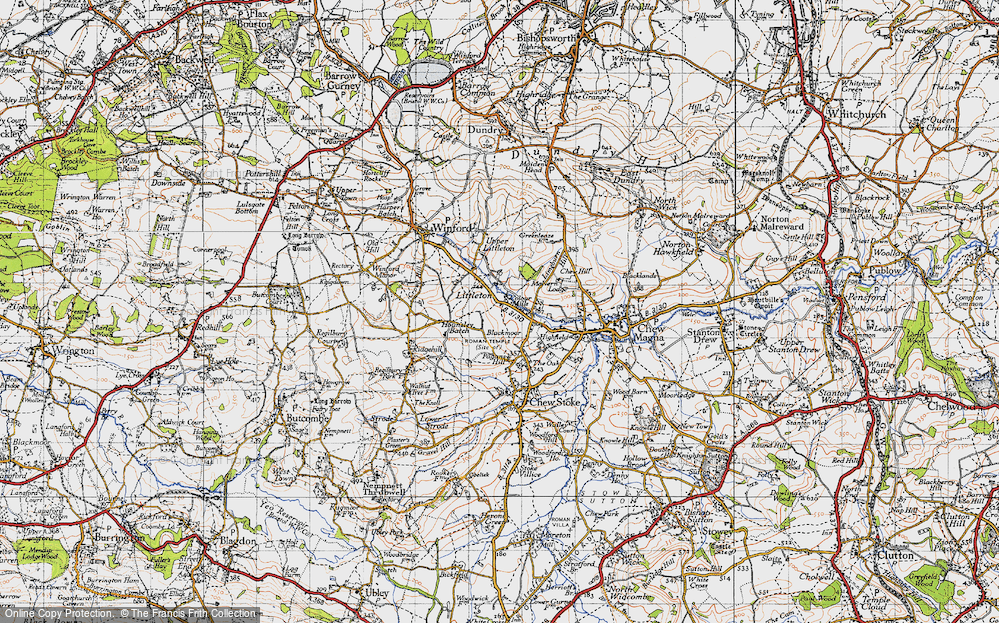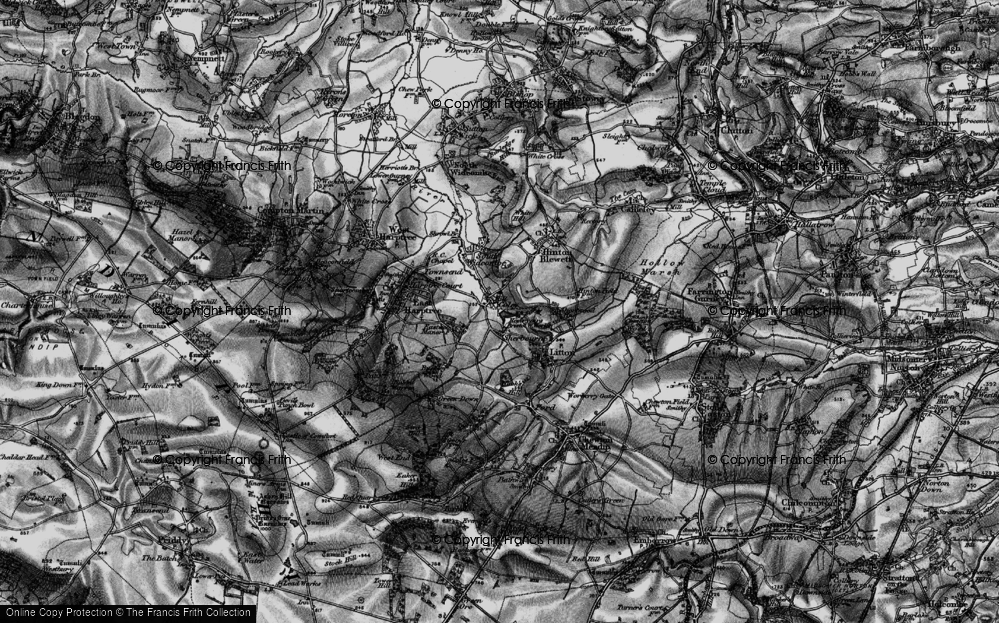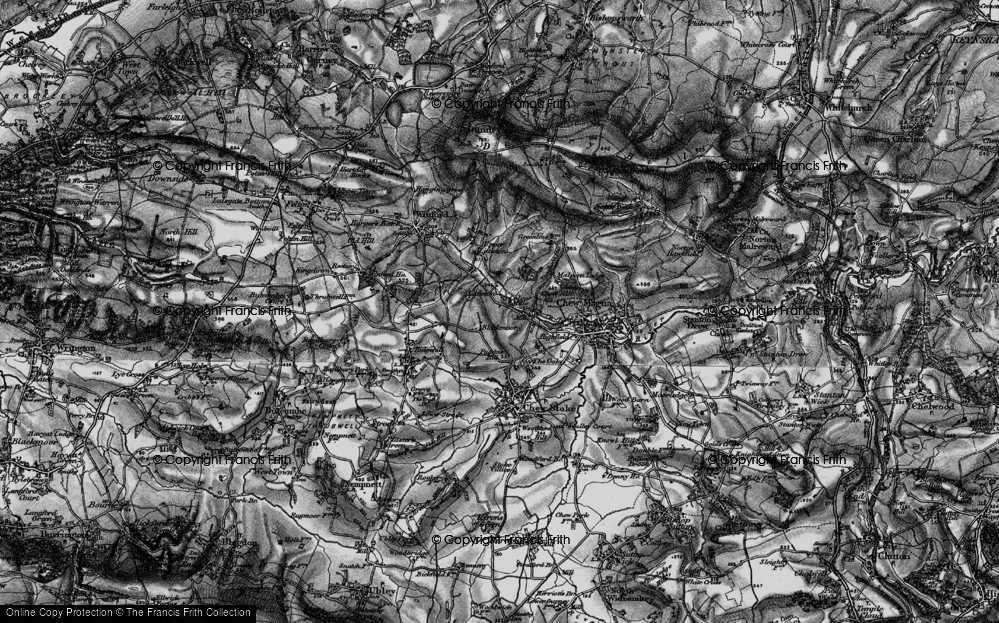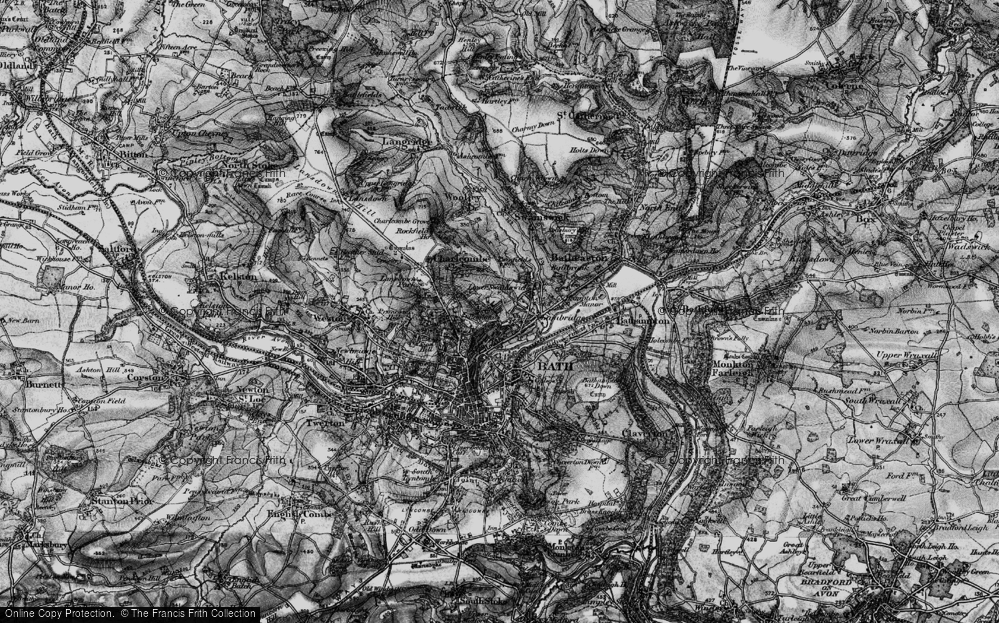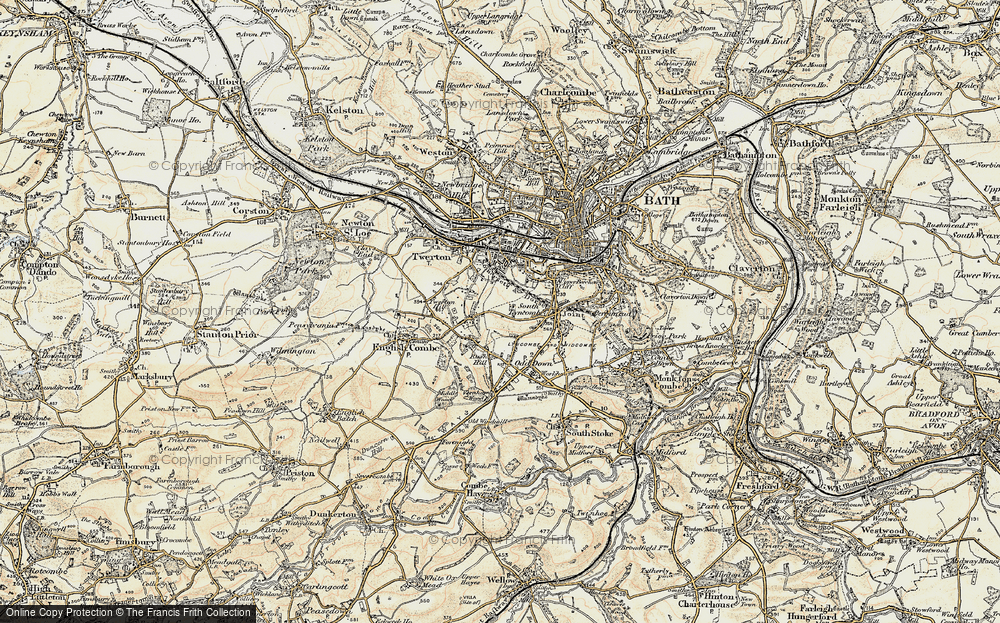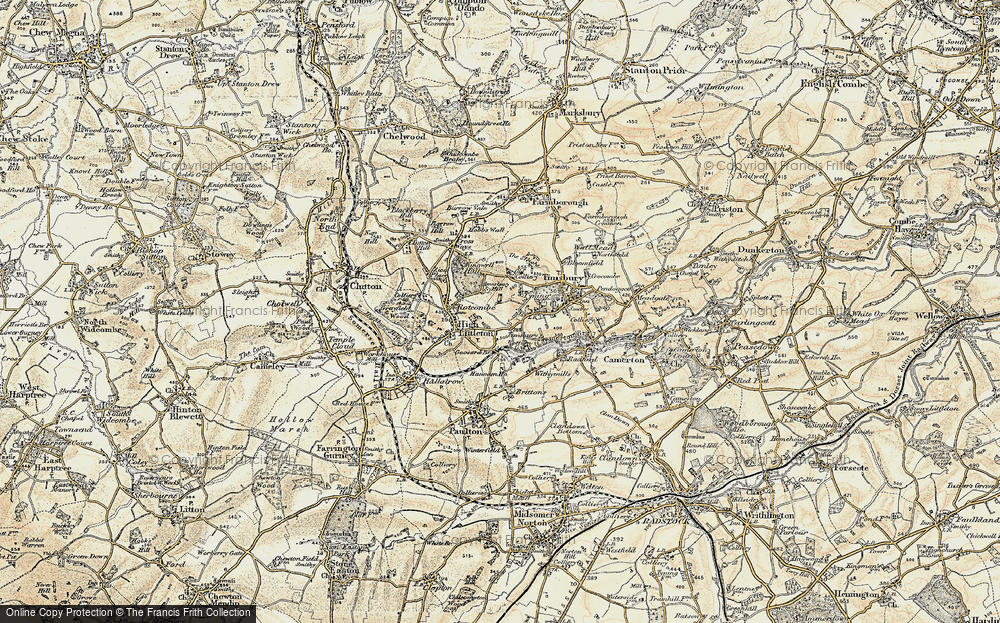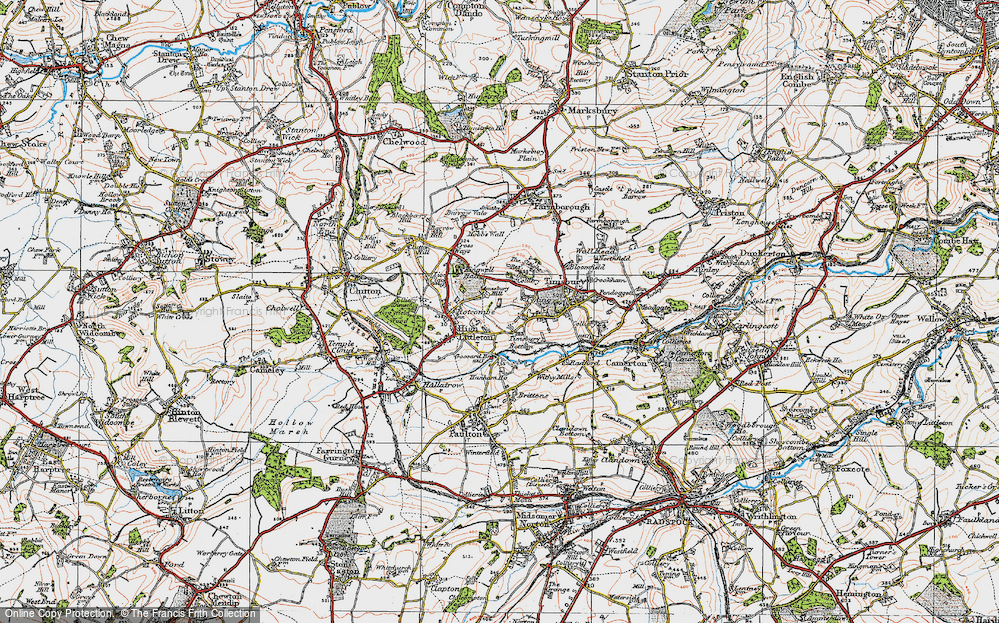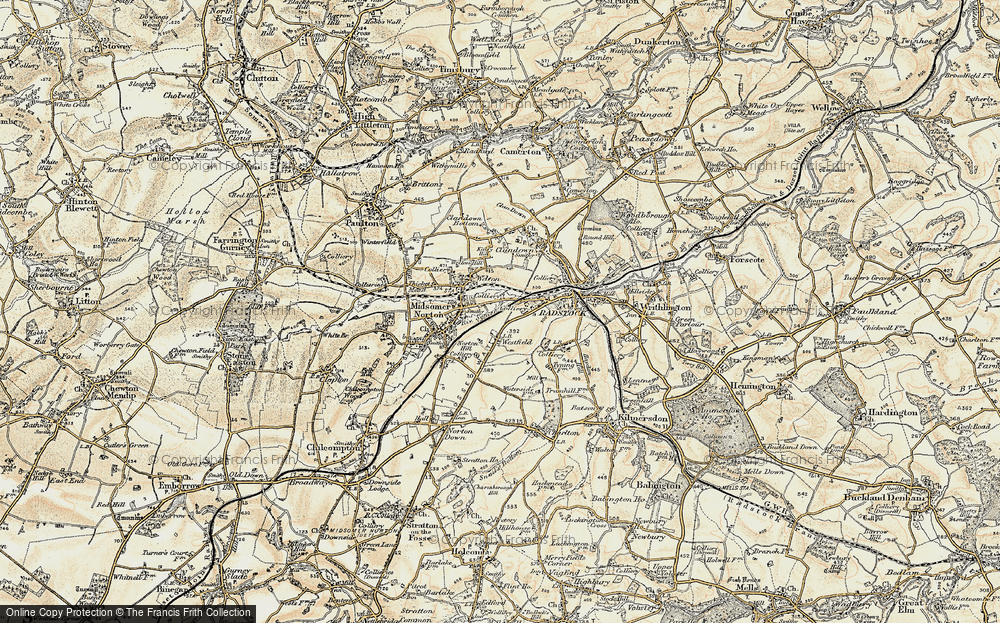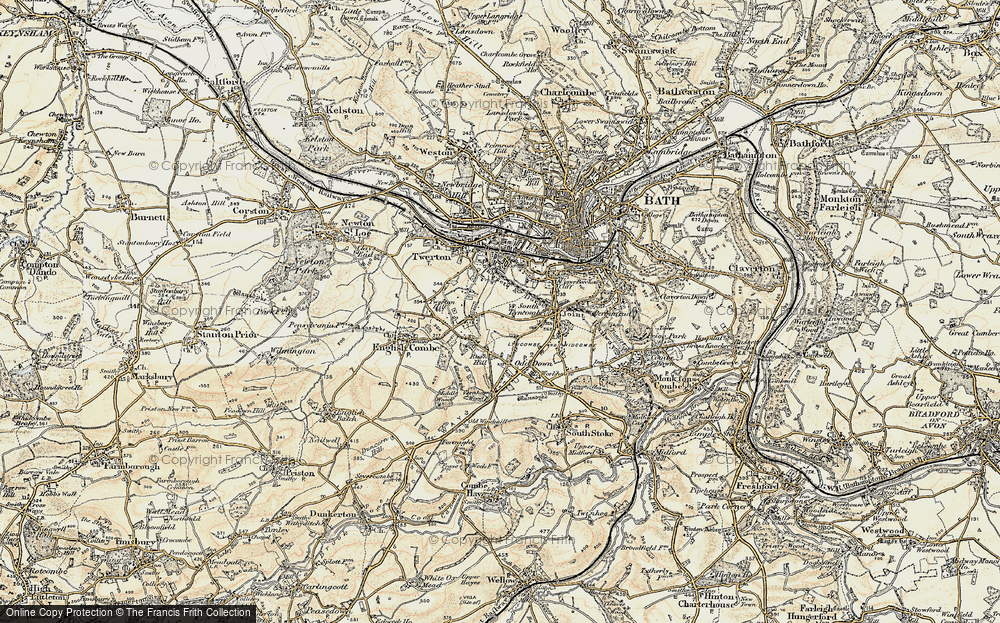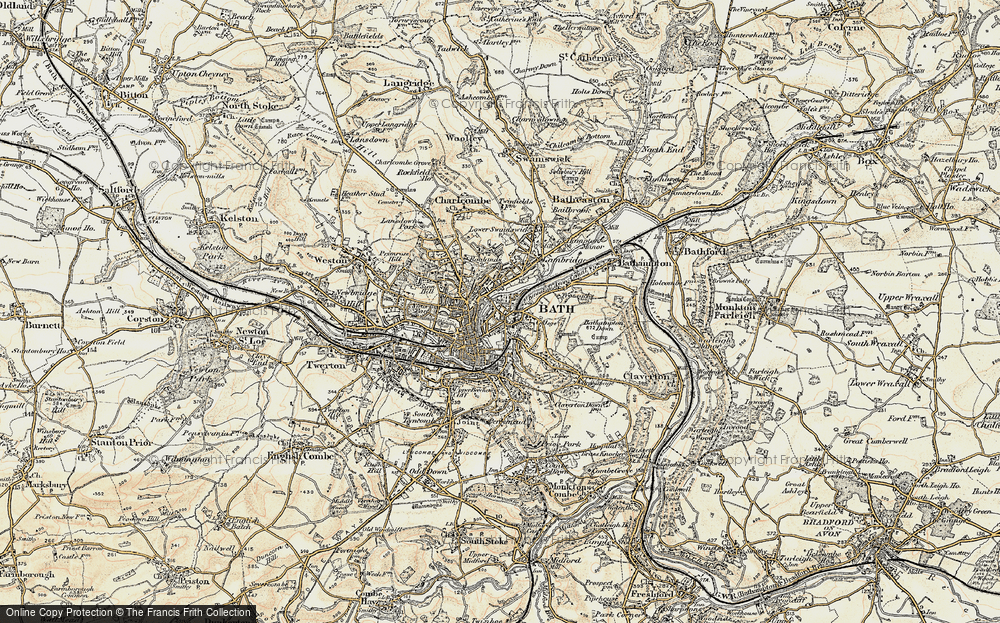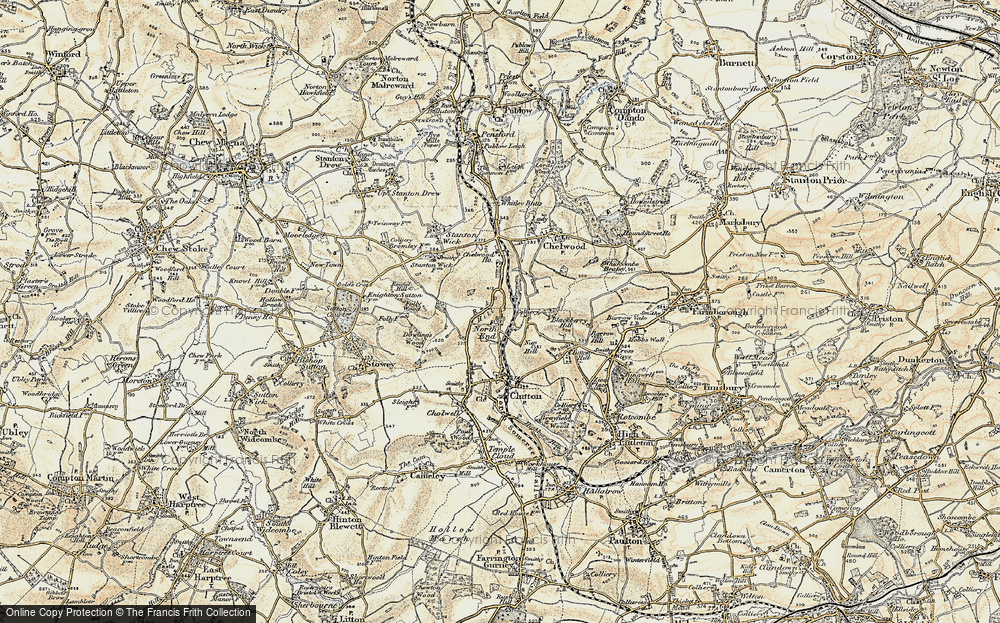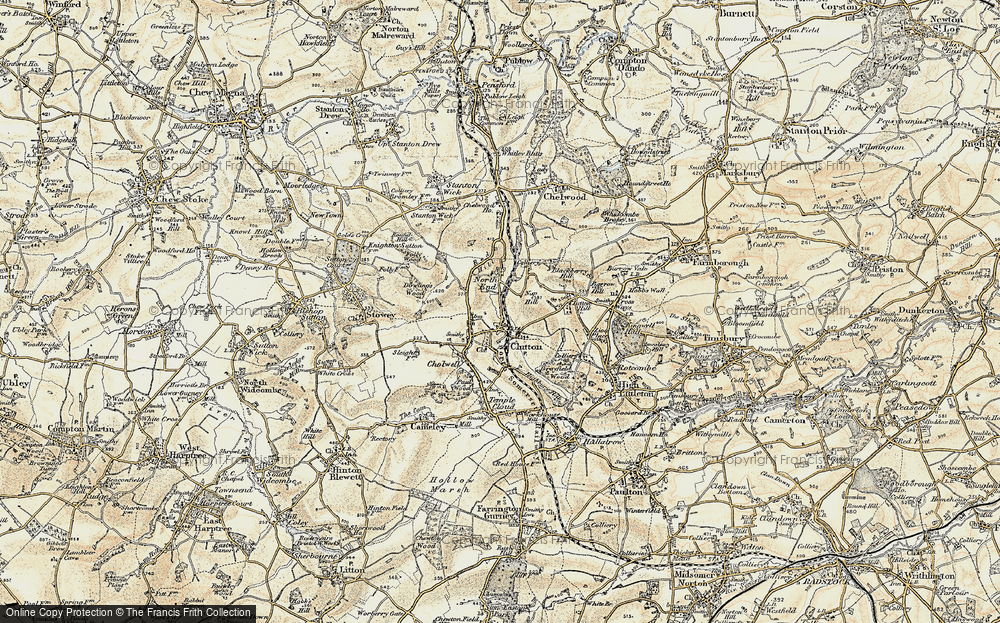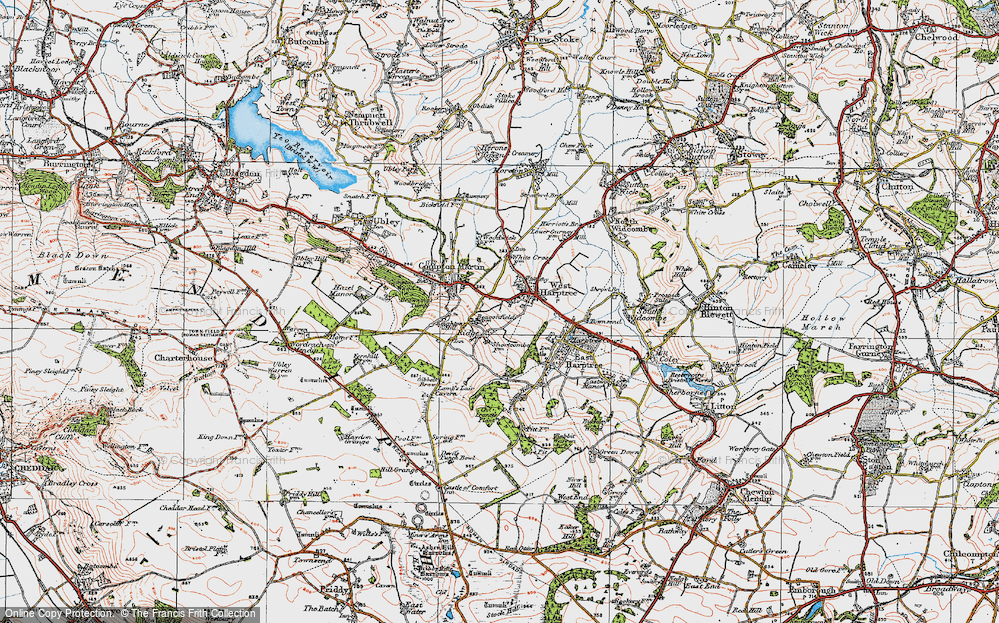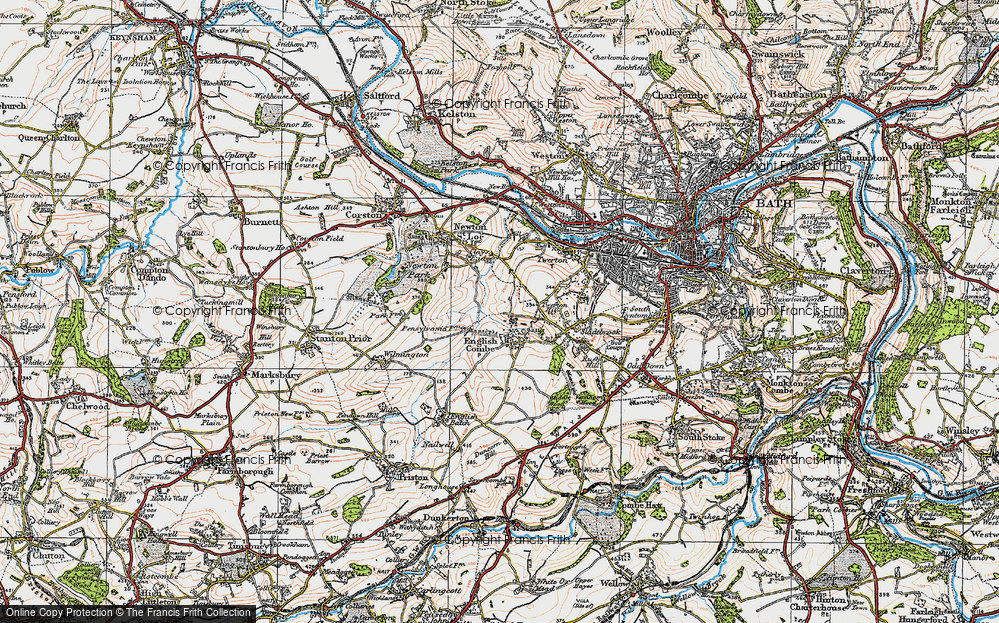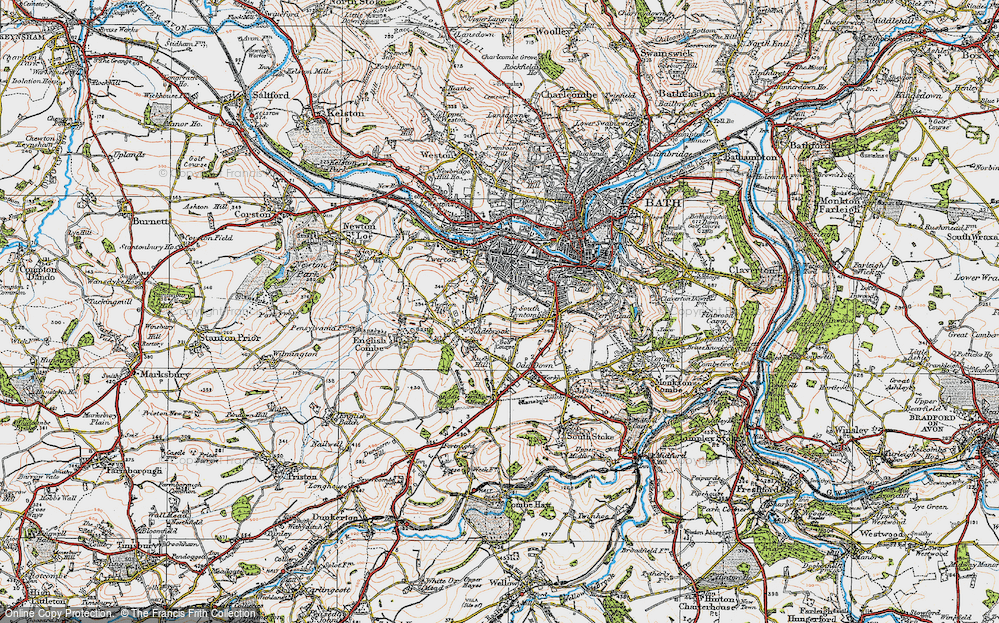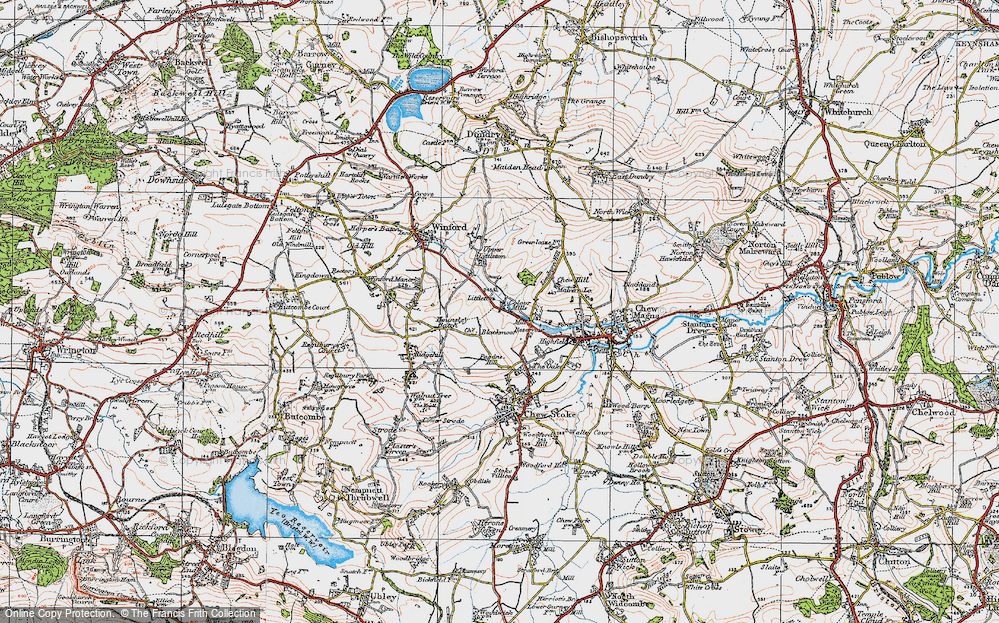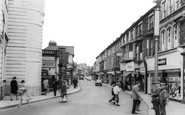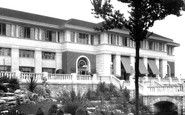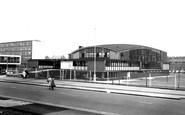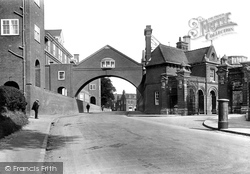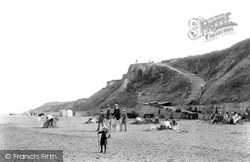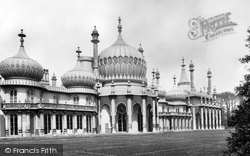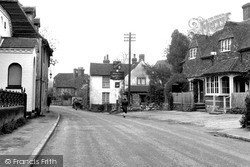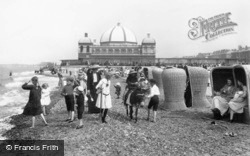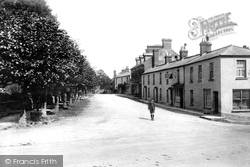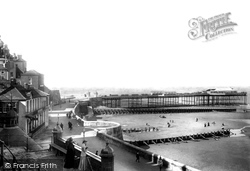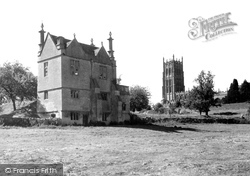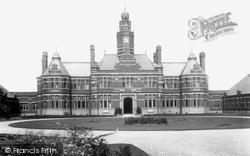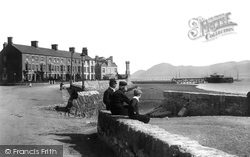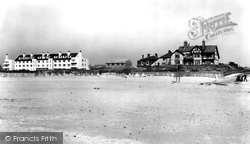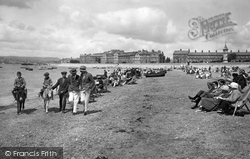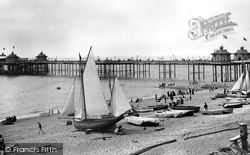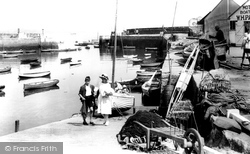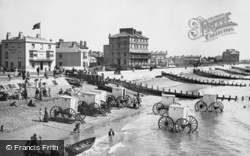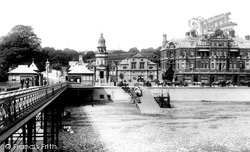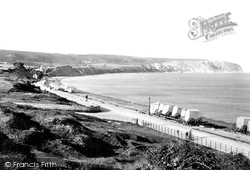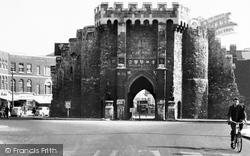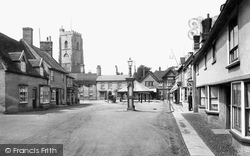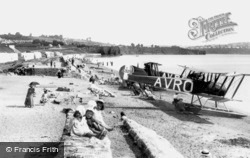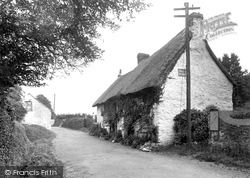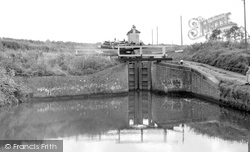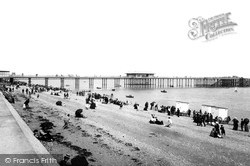Places
Sorry, no places were found that related to your search.
Photos
Sorry, no photos were found that related to your search.
Maps
1,353 maps found.
Books
3 books found. Showing results 769 to 3.
Memories
2,048 memories found. Showing results 321 to 330.
Moss Bank
I lived in Mos Bank from age approximately 2 1/2 to about 10 years old then moved on to Frederick Street - finally moving to NYC in 1961. I have very fond memories of living there with my five siblings and being close to farms once you ...Read more
A memory of Widnes by
A Yokels Tale
A Personal Recollection of growing up during the last days of the pedestrian era in rural England by Tom Thornton A Yokel's Tale My earliest recollection of my Thornton grandparents, Alice and Tom, dates back to my pre-school ...Read more
A memory of Owslebury in 1941 by
Family Picnics In 1950s
In the 1950s my family made regular summer trips to a scenic and elevated spot somewhere in the general area of Aylesbury for family picnics. I have a few b&w snaps - one of which shows a road wide enough for two ...Read more
A memory of Aylesbury in 1955 by
Three Houses In Sipson
I have lived at three houses in Sipson. The first was 44 Sipson Way. My mother, brother and I moved in there in about 1956. I went to the old Heathrow School on the Bath Road a nice little school though old fashioned. I ...Read more
A memory of Sipson in 1956 by
Six Weeks In Pontypool
I was evacuated with my school to Pontypool on 1st September 1939. I was taken in with my friend Jim Baker, by a retired miner and his wife, and spent six weeks in what was alleged to be the smallest house in Pontypool. I ...Read more
A memory of Pontypool in 1930
Newbottle Village
I remember coming from school and running up to the hillside fields helping Wheightman to load the hay onto his tractors and building the haystacks on North Pasture, off down to the yard pond looking for frogs and ...Read more
A memory of Newbottle in 1956 by
Wonderful Times And Great Friends
I remember living in Galesbury Road in the 1950s and going to Swaffield Road School, moving into Domelton House, Wendlesworth estate in the late 1950ss was luxury, central heating, a real bath and inside loo, ...Read more
A memory of Wandsworth by
Dancing At The Pavilion
My name is Brian Johnson and I was born in Bear Cross, Kinson, Bournmouth in 1934. Twenty years later I used to spend most Saturday evenings dancing at the Pavilion or The Town Hall. On a Sunday we used to go to the ...Read more
A memory of Bournemouth in 1954 by
Greenhow Terrace
I married Helen in 1967 and the only property available to rent was in Benwell. As we were both far too young to know better we took a bottom flat in Greenhow Terrace. That's where it all went wrong, Benwell was being demolished ...Read more
A memory of Benwell in 1968 by
Captions
1,059 captions found. Showing results 769 to 792.
Marlborough College, the prestigious public school, was founded in 1843 close to the river Kennet and the site of the old castle. An enclosed bridge crosses the A4 Bath road.
Its church disappeared from the cliffs into the ever-encroaching sea in the reign of Richard II. Another was built, and that too was a ruin for a number of years – it has since been restored.
Once a fishing village, Brighton was rescued by the late 18th-century fashion for sea air and sea bathing.
Otford is on the main Sevenoaks to Dartford road, alongside the River?Darent; it has become something of a commuter village today.
This bustling scene looks east to the pier pavilion and the pier. The bucket and spades, bare feet, donkeys and wickerwork basket chairs recapture a vanished era.
The lad may be returning from the castle, which could be approached on this road at that time. The four houses on the right, built in 1817, are now private residences.
Cromer's 500ft-long pier was built in 1901 to replace a landing jetty destroyed by gales in 1897. In the storms of 1953 it was damaged again.
The 120-foot tower of St James' dominates this view from the south-east. The church is notable for its 15th- century frontals, which are said to be the earliest set in the country.
The only medical institutions listed on the Johnson & Green street plan of 1868 are the Convalescent Home & Sea-Bathing Infirmary, and the Hydropathic Hospital.
One of Anglesey's best-known sailing resorts, at the eastern end of the Menai Strait, Beaumaris was founded by Edward I, who built one of his great castles here, although it was never finished.
Blundellsands beach forms part of the sixteen miles of sand stretching from Waterloo to Southport.
In the decades following the First World War, Exmouth reached the heights of its fame as a holiday resort, thanks to the greater mobility offered by railway trains and motor vehicles
He published a treatise on the advantages of sea-bathing, recommending Brighton very strongly.
The only medical institutions listed on the Johnson & Green street plan of 1868 are the Convalescent Home & Sea-Bathing Infirmary, and the Hydropathic Hospital.
The young teenage boy accompanied probably by his mother, with bathing suit in hand and towel draped nonchalantly over his left shoulder, add a note of gentle charm to this otherwise active
Bognor's growth from a tiny fishing village started in the 1780s, with Sir Richard Hotham's grand scheme inland (immodestly named Hothampton) aimed at the nobility and gentry, but was followed by piecemeal
Being on a headland, there are two shores here - north and south. Along the latter runs the wide Esplanade, with extensive views across the Bristol Channel.
There are overgrown sandpits above the junction of Victoria Road (centre left), and Beach Road (centre) which has since been re-named Shore Road.
Bargate was originally built to guard the main road into Southampton.
In the centre are the pump, in use until 1939, and the 16th-century market cross. On the right are Mabel Kemp's cycle shop and Isaac Minn's, a saddler's.
Of late Paignton has been greatly improved; a promenade pier has been erected, and the Esplanade – on which there is a band-stand – greatly extended.
A thatched cottage is the post office. A sign on the rickety telegraph pole advertises a public telephone, and fixed to the nearby wall is a bus timetable proclaiming that this is a fare stage.
Silhouetted against the skyline, the south lock- house does not immediately appear to be a part of one of the county's major tourist attractions.
Wheeled bathing machines at the water's edge preserve the modesty of Victorian swimmers so none can be seen braving the waters.
Places (0)
Photos (0)
Memories (2048)
Books (3)
Maps (1353)


